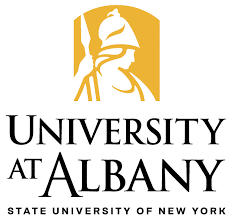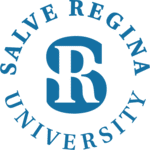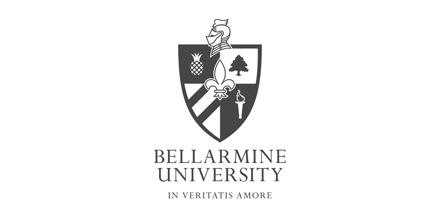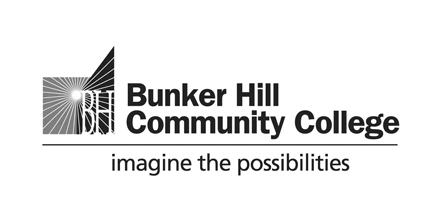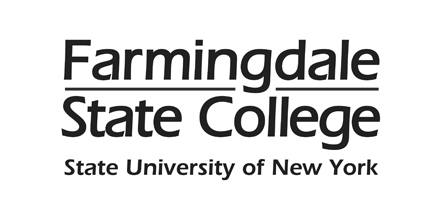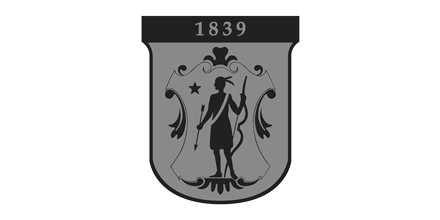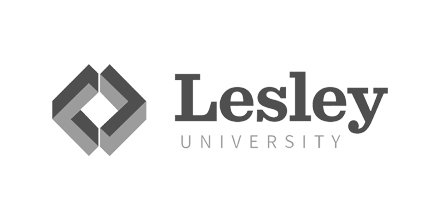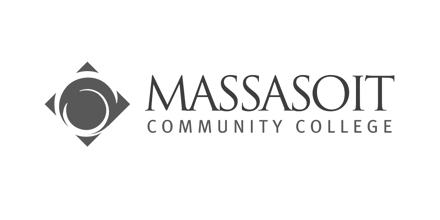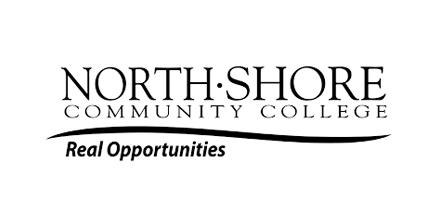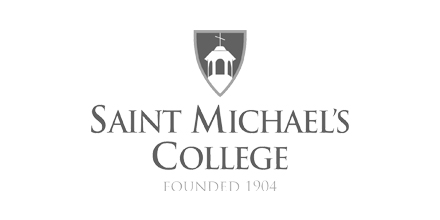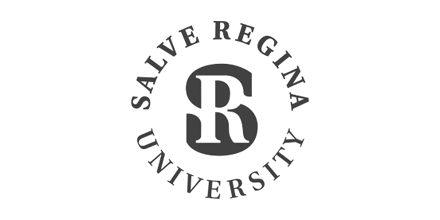Retaining skilled faculty and staff is tougher than ever, especially today. Organizations that invest in career development and thoughtful succession planning tend to have a much easier time holding onto talented faculty and staff. These strategies not only boost retention but also enhance engagement and job satisfaction. In this blog, we’ll dive into these essential practices and how they create a culture that values growth and stability—qualities that attract top talent and contribute to overall organizational success.
The Importance of Career Development and Succession Planning
Career development and succession planning aren’t just tools for faculty and staff satisfaction; they’re essential to long-term success. LinkedIn Learning’s recent report shows that 76% of faculty and staff consider career growth essential for job satisfaction, and nearly all (94%) state they’d stay longer with companies that invest in their professional development. Through career pathing and succession planning, organizations create a structured environment where faculty and staff can visualize their future within the company.
This strategy is twofold: it provides clear paths to advancement, motivating faculty and staff to excel, while also ensuring that companies have well-prepared individuals ready to step into critical roles as the need arises. In a well-planned organization, there are fewer disruptions when key players leave, and this stability builds a reputation as a desirable place to work.

Structured Onboarding Programs: The First Step in Retention
Companies with structured onboarding processes see significantly higher retention rates. Research from the Society for Human Resource Management (SHRM) reveals that a structured onboarding program can improve retention by 69%. These programs introduce new hires to the company culture, clarify role expectations, and provide essential support, ensuring that faculty and staff feel confident and appreciated from the beginning.
Faculty and staff who go through structured onboarding are more likely to feel like they belong and understand their roles better. This early investment in new hires helps companies reduce turnover, build engagement, and demonstrate their commitment to long-term faculty and staff development.
Career Pathing & Personalized Development Plans
One of the most effective ways to retain faculty and staff is to help them envision a future within the company. Career pathing and personalized development plans play an essential role in this process. According to LinkedIn’s research, faculty and staff who see opportunities for growth are significantly more engaged and satisfied. By creating personalized development plans, companies acknowledge each individual’s unique talents and aspirations, helping them set clear goals and milestones.
Career pathing is not just a retention strategy—it’s a strategic roadmap that aligns faculty and staff aspirations with the organization’s goals. As faculty and staff reach milestones and progress within the company, they feel a deeper sense of loyalty and purpose, seeing themselves as integral to the organization’s success.
Continuous Learning & Development
Organizations that invest in faculty and staff learning and development see outstanding returns. The American Society for Training and Development reports that companies with comprehensive training programs experience 218% higher income per faculty and staff and a 24% higher profit margin. Training programs enhance skills, increase confidence, and keep faculty and staff engaged.
Offering learning opportunities—whether through workshops, certifications, or conferences—significantly improves job satisfaction. faculty and staff who feel that their companies invest in their growth are more loyal and engaged. In a world where technology and skills evolve rapidly, companies that prioritize continuous learning also stay competitive by ensuring their workforce is always equipped to meet new challenges.

Performance-Based Recognition
Faculty and staff thrive in cultures where they feel recognized for their contributions. Organizations with recognition-rich cultures experience up to 31% lower voluntary turnover, as noted by Bersin by Deloitte. Performance-based recognition programs, such as faculty and staff awards, bonuses, or public acknowledgments, can improve morale and increase job satisfaction.
Recognition reinforces positive behavior and aligns faculty and staff with the company’s values. Regular recognition makes faculty and staff feel valued, which fosters loyalty and strengthens the company culture. It also increases engagement, as faculty and staff who know their work is appreciated are more motivated to maintain or improve performance.
Mentorship Programs & Knowledge Transfer
Mentorship is an invaluable tool for talent development and retention. According to MentorcliQ, 84% of Fortune 500 companies use mentoring programs to retain talent. Mentorship programs connect newer faculty and staff with experienced leaders, offering guidance, knowledge, and career advice. For faculty and staff, having a mentor within the organization helps them feel connected and supported, which greatly impacts retention.
Mentorship also facilitates knowledge transfer, ensuring that critical information, skills, and insights are passed on as faculty and staff grow within the company. This process enables smoother transitions, prepares faculty and staff for future roles, and strengthens team cohesion.
Flexible Work Options & Work-Life Balance
Work-life balance is a priority for modern faculty and staff, and companies that accommodate this through flexible work options benefit significantly. According to PwC’s Workforce of the Future Survey, flexible work options rank second only to compensation as a driver of job satisfaction.
Offering flexible schedules and remote work options allows faculty and staff to manage their personal responsibilities while remaining productive. This flexibility demonstrates an organization’s respect for faculty and staff well-being, leading to increased loyalty and engagement.

Succession Planning as a Core Strategy
Succession planning is a proactive approach to ensure that critical positions have a ready pool of talent. Organizations with structured succession plans report turnover rates up to 50% lower than those without. By preparing faculty and staff to step into leadership roles, companies build a stable and resilient workforce that can handle inevitable changes in leadership without disruption.
Succession planning isn’t only for C-suite positions; it benefits all levels of an organization. When faculty and staff see that there are opportunities to advance, they are more likely to remain committed to the company.
Gathering faculty and staff Feedback: The Power of “Stay Interviews”
Gathering faculty and staff feedback is critical to understanding their experiences and needs. Regular “stay interviews”—where managers check in with faculty and staff about their job satisfaction, career aspirations, and any concerns—can be an effective retention tool. According to the Harvard Business Review, 37% of faculty and staff would stay longer if their employers conducted regular “stay interviews.”
Unlike exit interviews, which often happen too late, stay interviews allow managers to identify issues proactively and adjust policies to meet faculty and staff expectations. This type of engagement fosters trust, demonstrating that the organization cares about faculty and staff satisfaction.
Building a Diverse and Inclusive Workforce
Diversity and inclusion aren’t just buzzwords; they’re essential components of a healthy workplace. McKinsey & Company found that companies with diverse workplaces report up to 28% higher revenue. Emphasizing inclusion creates an environment where faculty and staff feel valued, respected, and comfortable expressing their unique perspectives.
A commitment to diversity also attracts talent from a wide range of backgrounds, which leads to greater innovation, collaboration, and performance. In a diverse and inclusive workplace, faculty and staff are more satisfied, making them more likely to stay long-term.
Aligning Roles with faculty and staff Strengths
Matching faculty and staff to roles that suit their strengths is a powerful way to enhance job satisfaction and performance. Gallup reports that faculty and staff who use their strengths daily are 15% less likely to leave their job. By understanding each faculty and staff’s skills and talents, managers can align tasks with their abilities, making work more fulfilling and increasing overall productivity.
Organizations that actively align roles with faculty and staff strengths foster a culture of empowerment. Faculty and staff who are able to play to their strengths feel valued and recognized for their unique contributions, which boosts engagement and retention.
Retention strategies focused on career development and succession planning have a profound impact on organizational health. By implementing structured onboarding, investing in faculty and staff growth, offering flexible options, and creating recognition programs, companies can create an environment that nurtures loyalty and engagement. These strategies not only retain talent but also build a thriving, resilient workforce prepared to succeed.






